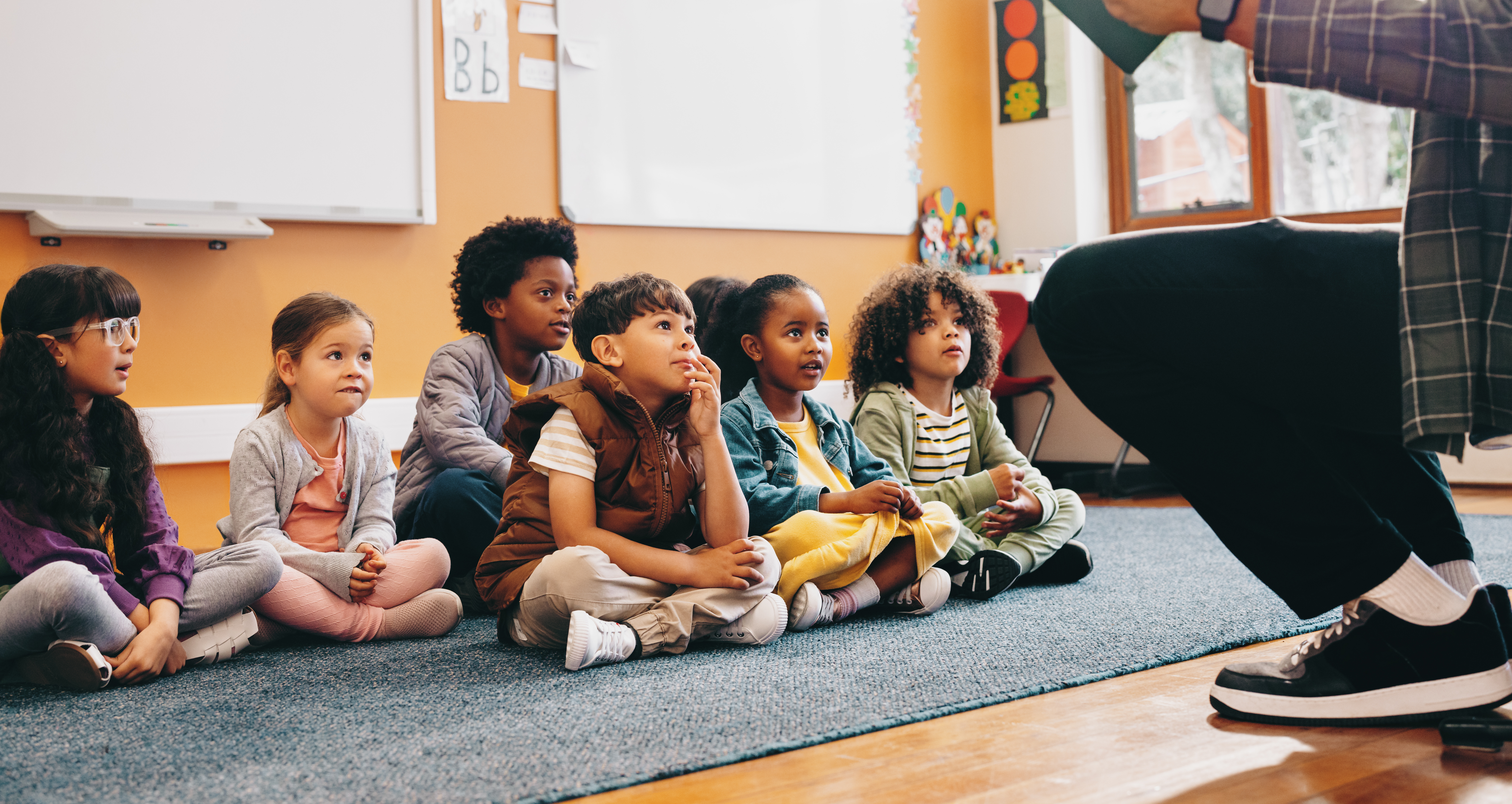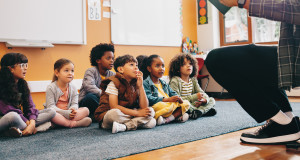
Let’s imagine that I tell you about a cool new research finding: singing helps students learn!

On the other hand…you probably have some important questions:
Who is doing the singing? The teacher, or the students? Or, are they singing together? Or, are they listening to a recording of someone else singing?
What are they singing? A song about the material they’re about to learn (say, the periodic table)? Or, can they sing any old song? (Sondheim’s “Moments in the Woods” is worth endless singing!)
How many times should the students sing to get the learning benefits?
And so forth.
If we don’t know the answers to these questions, how will we make this singing technique work?
On this note: Several months ago, I asked this same set of questions about the common statement that “narrative is psychologically privileged…”
More Questions
I regularly hear that students learn material better if it’s presented as a story than as exposition.
On the one hand, it seems clear that stories are easy to remember — they are “psychologically privileged.”
But this claim helps teachers if and only if teachers know what “a narrative” is, and can easily translate our content into a narrative.
If I want my 10th graders to know the difference between a gerund and a participle, how can I make that distinction into a story?
Or…wait a minute…can I just have my students read a story and point out the gerunds and the participles within it? Does that count?
Or…wait a minute…can a math teacher read a story that says “Gretel told Hansel that 3 + 3 = 6”? Does that count?
If we teachers don’t know exactly what counts as a story, and how to translate exposition into stories, then the “psychological privilege” of narrative is interesting but not helpful. (SO MUCH of education research is interesting but not helpful…)
In my earlier blog post, I asked people for guidance on that question — preferably research-informed guidance showing how to define narrative, and/or translate exposition into narrative.
Honestly, I didn’t get much.
But recently I found a research study that just might provide these essential insights.
Promising Steps
A thoughtful writer in this field recently highlighted this study: one that looks at the benefits of narrative for helping students learn.
Bingo! (Or, at least, potential bingo.)
This reseach offered at least two obvious benefits.
First: it provides at least an initial definition of narrative.
A narrative, according to Table 2, has a narrator; it takes place in the past; its events have a three-act structure: with a setup, a confrontation, and a resolution; it centers on humans who act and react; and so forth.
Second: it compares several options.
Students in Group A read a textbook-like, logically-structured explanation of stochastic molecular motion. Let’s call this “exposition only”:
The thermal energy leads not only to rotations or vibrations, whereby covalently bonded atoms move back and forth relative to each other, but also to translational movements, which move molecules from one location to another…
Students in Group B read a narrative version of that information, where the scientists who discovered the relevant information were the protagonists of a three-act story. Let’s call this “narrative only”:
Maud Menten quickly realized that the thermal motion of particles that Robert Brown had seen in his light microscope also resembled the random motion of molecules in cells…
Students in Group C got a combined approach. A narrative passage introduced the ideas and the problem; a subsequent passage — more expository — went into the technical details. We’ll call this strategy “narrative-then-exposition.”
In my thinking, this example provides a crucial detail. Notice that the narrative is NOT about the particles themselves. (“The particle got excited by the thing, and so did something cool!”) Instead, the narrative focuses on the scientists who made the relevant discoveries.
In other words, we might have some additional latitude when putting our narratives together. The story doesn’t have to be about the content itself.
However, that optimistic finding holds true only if these stories helped the students learn. So, did they?
PLOT TWIST
The narrative benefit depended on the students’ prior knowledge.
That is: students who knew relatively less about stochastic movement benefitted from the “narrative only” version.
Students who knew relatively more benefitted from the “narrative-then-exposition” version.
Now, the researchers have plausible theories about this finding. (Check out the “Coda” below if you’re curious.)
But to me, the more important news is that we can start to put together a framework for converting exposition (traditional textbook explanations) into narrative (story).
Step one: we’ve got a checklist of elements that make up a narrative; Table 2 in this study. If you want to translate exposition to narrative, you can start there.
Step two: you do NOT have to make the story about the contect itself (“The poor green finch couldn’t break open the seeds. It was very sad that its genes would not be passed on…”).
Instead, you can focus on the PEOPLE who figured out the content (“Then Darwin realized that the finches with the thicker beak had an advantage over the ones with the narrower beak, so their genes were likelier to be passed on to the next generation…”).
Step three: prior knowledge matters. The more your students already know about a subject, the less important it is to recast it as a story.
Although initially skeptical, I’m starting to hope we might develop comprehensive guidelines for the exposition-to-narrative converstion process.
Don’t Stop Now
Of course, these initial guidelines need A LOT MORE WORK.
Some unanswered questions:
Does this psychological privilege apply in pre-college learning? (The studies I’ve found focus on adults.)
Does it hold true in all disciplines? I see how history and literature and theology (and even science) might be translated to narrative. But LOTS of math and foreign language and art instruction might defy this strategy. (How, exactly, would we make noun declensions into a story?)
When will narrative (potentially good!) spill over into “seductive details” (potentially bad!)?
And so forth.
Yes, I’m more optimistic than I was before I read this study. And: as far as I know, we’re only in early stages of understanding how best to use narratives to enhance learning.
Coda
I promised I’d explain the researchers’ theories about the differing benefits of “narrative” (for relative beginners) or “narative-then-exposition” (for relative experts).
Here goes:
Students who knew relatively less, the researchers suspect, benefitted from the working-memory reduction created by the familiarity of a story structure. (Remember those 3 acts…)
Students who knew relatively more, in turn, didn’t need the WM reduction, but benefitted from the reactivation of prior knowledge prompted by the initial narrative. With that prior knowledge reactivated, they could then concentrate on the factual additions to their schema.
Interesting!
Tobler, S., Sinha, T., Köhler, K., & Kapur, M. (2024). Telling stories as preparation for learning: A Bayesian analysis of transfer performance and investigation of learning mechanisms. Learning and Instruction, 92, 101944.




